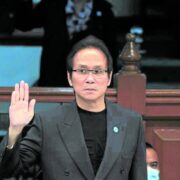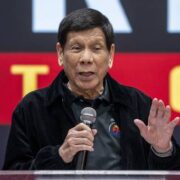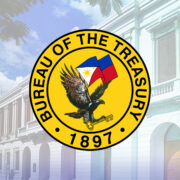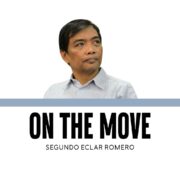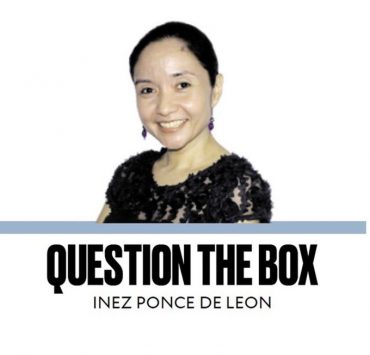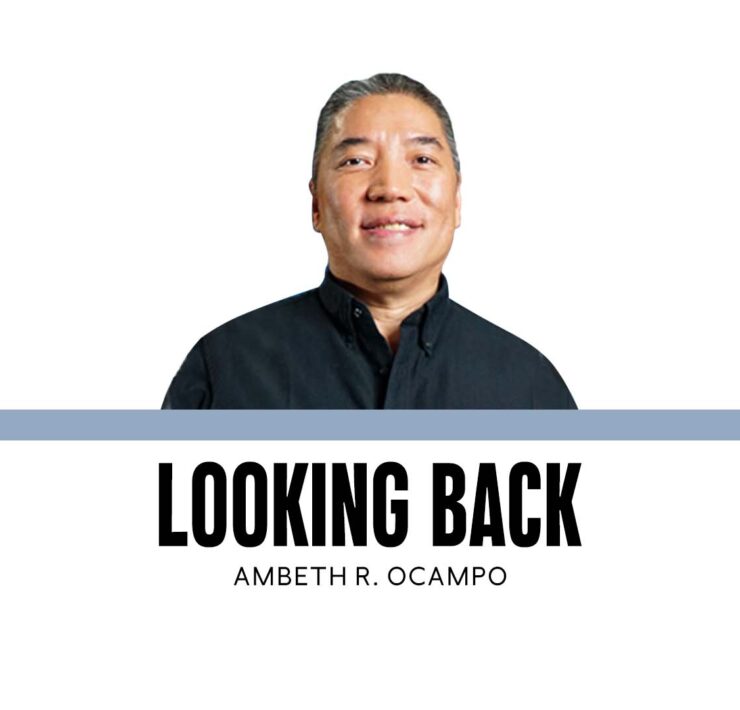Be a traveler, not a tourist
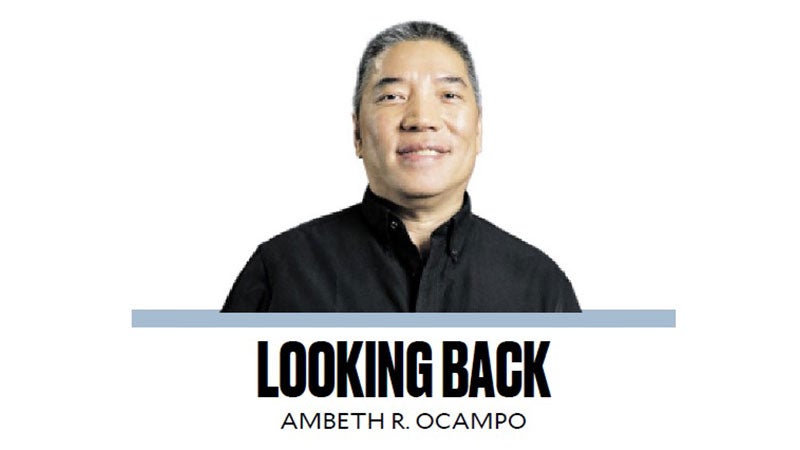
Travel is a caprice in childhood, a passion in youth, a necessity in adulthood, and an elegy in old age.”
With such musings, make no mistake, Jose Rizal was a traveler, not a tourist. Unlike people who go on European package tours, herded like cattle in tourist coaches to see 10 countries in 12 days, Rizal took his time traveling from place to place. Europe he saw by train and, sometimes, on a river cruise as he did down the Rhine River in Germany. By necessity, Rizal explored on foot. While taking capital cities street by street, he also took to small towns along the way.
Academics travel a lot for work and this provided opportunities to trace Rizal’s steps in Hong Kong, Singapore, Tokyo, Yokohama, San Francisco, New York, Paris, Madrid, London, and Berlin. Armed with his letters and travel diaries, I walk where Rizal walked to see the world anew from his eyes.
This year, thanks to the National Book Development Board, I can take off after a panel on history and literature at the Frankfurt Book Fair to visit the spot where Rizal wrote “To the flowers of Heidelberg.” Next year when the Philippines is Country of Honor at the Frankfurt Book Fair, we will showcase our literary and publishing talent in the context of a long relationship that began in 1887 when “Noli me tangere” saw print in Berlin.
During the 2019 Frankfurt Book Fair, I visited the antiquarian and found a dealer who specialized in Baedeker Guides to Europe. These are what Rizal used in place of Google Maps, Trip Advisor, and Booking.com. Baedekers were thick, sturdy, and pocket-sized. In their pages, I gleaned the method in Rizal’s travels. He plotted a route using the maps in the guides and walked end to end on major streets to catch as many tourist spots as possible. Tourist spots were described with erudite commentary, must-see ones marked for those in a hurry.
Rizal usually stayed near train stations, but it seems he followed Baedeker recommendations. In a preface common to each volume, Baedeker’s objective is to “supply the traveler with such information as will render him as nearly as possible independent of hotel-keepers, commissionaires and guides, and thus enable him the more thoroughly to enjoy and appreciate the objects of interest he meets with on his tour.”
Baedekers were “based almost entirely upon the personal observation of the Editor, and the country described has been repeatedly explored by him with a view to procure the latest possible information; but as changes are constantly taking place, he will highly appreciate any communications [from] the result of their own experience.” These recommended “not only the first-class hotels, but others also of more modest pretensions, which may be safely selected … with little sacrifice of comfort and great saving of expenditure.” Like Trip Advisor today, Baedekers rated hotels as good, very fair, or fair.
Baedekers said sightseeing was best accomplished on a bicycle or on foot declaring the “pedestrian, unquestionably, the most independent of travelers.” From Rizal’s time to the early 20th century when the Baedeker Guides were still in use, recommended travel gear was “a couple of flannel shirts, a pair of worsted stockings, slippers, the articles of the toilet, a light waterproof and stout umbrella will generally be found sufficient equipment. Strong and well-tried boots are essential to comfort. Heavy and complicated knapsacks should be avoided; a light pouch or game bag is far less irksome, and its position may be shifted for pleasure … [other articles] may be forwarded [ahead] from town to town by post.”
Re-reading Rizal’s travel diaries and his newsy letters to family and friends, it is obvious that armed with a curious mind and a knack for languages, he immersed himself in every place he visited. He connected with locals and sought out the history and culture of the tourist spots. No tourist coaches nor package tours for Rizal who preferred a personalized, self-guided tour. Baedeker reminded his readers that more than travel gear, language was the most important equipment necessary. Warning those who did not learn, at least survival phrases, to “be prepared occasionally to submit to the extortions practiced by porters, cab drivers, and others of a like class, which even the data furnished by the Handbook will not always enable them to avoid.”
Travel in Rizal’s time did not have today’s challenges: pickpockets, scammers, and the irritants of security and border checks at international airports.
A pity that Filipino schoolchildren are taught about Jose Rizal’s travels without learning the difference between the tourist and the traveler. Travel was an education, not mere sightseeing. It involved reading and research, and most importantly seeing with the eyes and not through the lens of a smartphone. For Rizal, travel was about the journey, not the destination.
—————-
Comments are welcome at aocampo@ateneo.edu
Ambeth is a Public Historian whose research covers 19th century Philippines: its art, culture, and the people who figure in the birth of the nation. Professor and former Chair, Department of History, Ateneo de Manila University, he writes a widely-read editorial page column for the Philippine Daily Inquirer, and has published over 30 books—the most recent being: Martial Law: Looking Back 15 (Anvil, 2021) and Yaman: History and Heritage in Philippine Money (Bangko Sentral ng Pilipinas, 2021).









